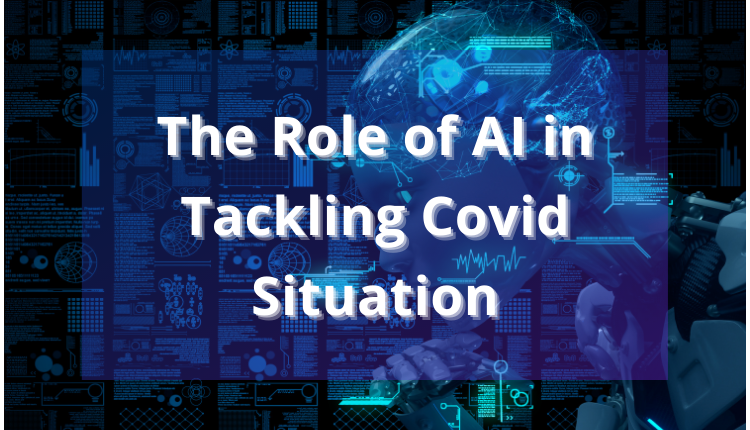
AI’s Role in Predicting Future PandemicsAI’s Role in Predicting Future Pandemics Artificial intelligence (AI) is rapidly transforming healthcare, including the field of pandemic preparedness. With its advanced computational capabilities and data analysis techniques, AI offers immense potential in predicting and mitigating future pandemics. Data-Driven Modeling: AI algorithms can analyze vast amounts of data, including historical pandemic outbreaks, population demographics, and environmental factors, to identify patterns and predict future outbreak risks. By constructing epidemiological models, AI can simulate disease spread and forecast its potential impact on different populations. Early Warning Systems: AI-powered early warning systems can monitor real-time data from various sources, such as social media, news reports, and surveillance systems. By identifying unusual patterns or spikes in relevant indicators, AI can provide early warnings of potential outbreaks, enabling timely response measures. Risk Assessment and Mapping: AI can assess the risk of disease transmission based on factors such as population density, travel patterns, and the availability of healthcare resources. This information can help authorities prioritize areas for surveillance, vaccination, and containment efforts. Genome Sequencing and Variant Monitoring: AI plays a crucial role in genomic sequencing, identifying and tracking virus variants. By analyzing genetic data from patient samples, AI can identify mutations that influence virus transmission, severity, and treatment resistance. This information is vital for developing effective vaccines and therapeutics. Targeted Interventions: AI can optimize public health interventions by identifying high-risk individuals and tailoring measures accordingly. For instance, AI algorithms can predict who is most likely to spread the infection and prioritize them for vaccination or isolation. Challenges and Opportunities: While AI holds great promise in predicting future pandemics, there are also challenges to its implementation. Access to reliable data, data privacy concerns, and the need for ethical use of AI are important considerations. However, these challenges also present opportunities for innovation and collaboration. By fostering partnerships between researchers, public health agencies, and AI experts, we can leverage AI’s capabilities to enhance our pandemic preparedness and protect global health. Conclusion: Artificial intelligence has the potential to revolutionize the way we predict and respond to future pandemics. Its data-driven modeling, early warning systems, risk assessment, and targeted interventions can empower decision-makers with timely and accurate information. By embracing AI’s capabilities, we can strengthen our defenses against emerging diseases and safeguard the well-being of our communities.
Posted inNews